Home » News & Events
Recently, the U.S. Department of the Interior announced the approval 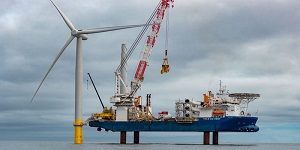 of a commercial-scale offshore wind project, which is expected to be built off the coast of Massachusetts and will provide green power to more than 900,000 homes upon completion. Since the U.S. government first proposed the construction of commercial offshore wind farms has been more than two decades, as of now, the United States only in the beginning of this year put into operation the country's first commercial offshore wind farm. Although the U.S. government has repeatedly stressed that it will promote the development of the offshore wind industry, but high inflation and supply chain challenges are making the U.S. offshore wind industry is struggling.
of a commercial-scale offshore wind project, which is expected to be built off the coast of Massachusetts and will provide green power to more than 900,000 homes upon completion. Since the U.S. government first proposed the construction of commercial offshore wind farms has been more than two decades, as of now, the United States only in the beginning of this year put into operation the country's first commercial offshore wind farm. Although the U.S. government has repeatedly stressed that it will promote the development of the offshore wind industry, but high inflation and supply chain challenges are making the U.S. offshore wind industry is struggling.
 of a commercial-scale offshore wind project, which is expected to be built off the coast of Massachusetts and will provide green power to more than 900,000 homes upon completion. Since the U.S. government first proposed the construction of commercial offshore wind farms has been more than two decades, as of now, the United States only in the beginning of this year put into operation the country's first commercial offshore wind farm. Although the U.S. government has repeatedly stressed that it will promote the development of the offshore wind industry, but high inflation and supply chain challenges are making the U.S. offshore wind industry is struggling.
of a commercial-scale offshore wind project, which is expected to be built off the coast of Massachusetts and will provide green power to more than 900,000 homes upon completion. Since the U.S. government first proposed the construction of commercial offshore wind farms has been more than two decades, as of now, the United States only in the beginning of this year put into operation the country's first commercial offshore wind farm. Although the U.S. government has repeatedly stressed that it will promote the development of the offshore wind industry, but high inflation and supply chain challenges are making the U.S. offshore wind industry is struggling.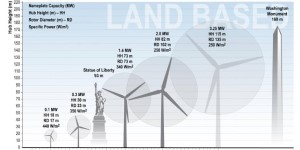 The growing size of wind turbines has helped lower the cost of wind energy to the point that it is economically competitive with fossil-fuel alternatives in some locations. But can turbines continue to scale in the future, or are they running into physical or logistical constraints? Recent research published in the journal Nature Energy suggests that land-based wind turbines and, especially, offshore turbines have room to grow, offering the promise that this already-mature energy technology will see still lower costs in the future.
The growing size of wind turbines has helped lower the cost of wind energy to the point that it is economically competitive with fossil-fuel alternatives in some locations. But can turbines continue to scale in the future, or are they running into physical or logistical constraints? Recent research published in the journal Nature Energy suggests that land-based wind turbines and, especially, offshore turbines have room to grow, offering the promise that this already-mature energy technology will see still lower costs in the future.
Washington, DC, January 21, 2010 - U.S. Department of Energy Secretary Steven Chu announced 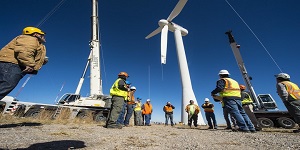 today the selection of five projects to receive more than $20.5 million from the American Recovery and Reinvestment Act to support deployment of community-based renewable energy projects, such as biomass, wind and solar installations. These projects will promote investment in clean energy infrastructure that will create jobs, help communities provide long-term renewable energy and save consumers money. They will also serve as models for other local governments, campuses or small utilities to replicate, allowing other communities to design projects that fit their individual size and energy demands.
today the selection of five projects to receive more than $20.5 million from the American Recovery and Reinvestment Act to support deployment of community-based renewable energy projects, such as biomass, wind and solar installations. These projects will promote investment in clean energy infrastructure that will create jobs, help communities provide long-term renewable energy and save consumers money. They will also serve as models for other local governments, campuses or small utilities to replicate, allowing other communities to design projects that fit their individual size and energy demands.
 today the selection of five projects to receive more than $20.5 million from the American Recovery and Reinvestment Act to support deployment of community-based renewable energy projects, such as biomass, wind and solar installations. These projects will promote investment in clean energy infrastructure that will create jobs, help communities provide long-term renewable energy and save consumers money. They will also serve as models for other local governments, campuses or small utilities to replicate, allowing other communities to design projects that fit their individual size and energy demands.
today the selection of five projects to receive more than $20.5 million from the American Recovery and Reinvestment Act to support deployment of community-based renewable energy projects, such as biomass, wind and solar installations. These projects will promote investment in clean energy infrastructure that will create jobs, help communities provide long-term renewable energy and save consumers money. They will also serve as models for other local governments, campuses or small utilities to replicate, allowing other communities to design projects that fit their individual size and energy demands.
A large-scale floating turbine was installed off the coast of Norway by companies StatoilHydro and Siemens. T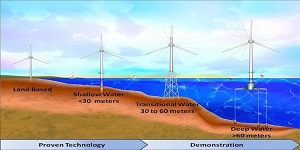 he floating turbine, dubbed the Hywind, is located in water that is about 700 feet deep. This is significantly deeper than previously installed offshore turbines whose fixed-bottom structures required a water depth of only about 100 feet. "Offshore wind energy must progress in stages in the U.S.," he said. "Before deepwater floating wind energy can become a reality, we must ‘get our feet wet' so to say by first installing fixed-bottom offshore wind turbines in shallow water, less than 30m. Once we have experience with that technology, we can move to deeper water."
he floating turbine, dubbed the Hywind, is located in water that is about 700 feet deep. This is significantly deeper than previously installed offshore turbines whose fixed-bottom structures required a water depth of only about 100 feet. "Offshore wind energy must progress in stages in the U.S.," he said. "Before deepwater floating wind energy can become a reality, we must ‘get our feet wet' so to say by first installing fixed-bottom offshore wind turbines in shallow water, less than 30m. Once we have experience with that technology, we can move to deeper water."
 he floating turbine, dubbed the Hywind, is located in water that is about 700 feet deep. This is significantly deeper than previously installed offshore turbines whose fixed-bottom structures required a water depth of only about 100 feet. "Offshore wind energy must progress in stages in the U.S.," he said. "Before deepwater floating wind energy can become a reality, we must ‘get our feet wet' so to say by first installing fixed-bottom offshore wind turbines in shallow water, less than 30m. Once we have experience with that technology, we can move to deeper water."
he floating turbine, dubbed the Hywind, is located in water that is about 700 feet deep. This is significantly deeper than previously installed offshore turbines whose fixed-bottom structures required a water depth of only about 100 feet. "Offshore wind energy must progress in stages in the U.S.," he said. "Before deepwater floating wind energy can become a reality, we must ‘get our feet wet' so to say by first installing fixed-bottom offshore wind turbines in shallow water, less than 30m. Once we have experience with that technology, we can move to deeper water."
October 24, 2009 - Citizens, 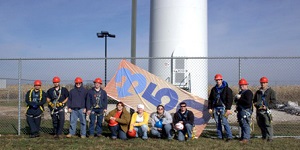 scientists and world leaders in 181 countries are taking to nearby streets, mountains, parks, and reefs today to demand strong action on climate change, in what will be the most widespread day of political action in the planet's history. More than 5,000 rallies and creative demonstrations are taking place, all of them centered on the number 350, to draw attention to 350 parts per million (ppm), which an overwhelming number of scientists now insist is the safe upper limit for carbon dioxide in the atmosphere.
scientists and world leaders in 181 countries are taking to nearby streets, mountains, parks, and reefs today to demand strong action on climate change, in what will be the most widespread day of political action in the planet's history. More than 5,000 rallies and creative demonstrations are taking place, all of them centered on the number 350, to draw attention to 350 parts per million (ppm), which an overwhelming number of scientists now insist is the safe upper limit for carbon dioxide in the atmosphere.
 scientists and world leaders in 181 countries are taking to nearby streets, mountains, parks, and reefs today to demand strong action on climate change, in what will be the most widespread day of political action in the planet's history. More than 5,000 rallies and creative demonstrations are taking place, all of them centered on the number 350, to draw attention to 350 parts per million (ppm), which an overwhelming number of scientists now insist is the safe upper limit for carbon dioxide in the atmosphere.
scientists and world leaders in 181 countries are taking to nearby streets, mountains, parks, and reefs today to demand strong action on climate change, in what will be the most widespread day of political action in the planet's history. More than 5,000 rallies and creative demonstrations are taking place, all of them centered on the number 350, to draw attention to 350 parts per million (ppm), which an overwhelming number of scientists now insist is the safe upper limit for carbon dioxide in the atmosphere.
The wind energy market expanded substantially in the 2000s,demonstrating 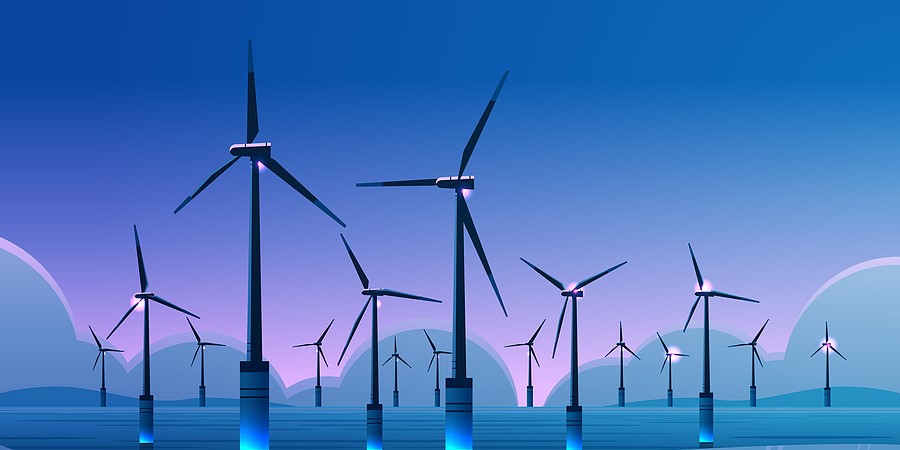 the commercial and economic viability of the technology and industry, and the importance placed on wind energy development by a number of countries through policy support measures. Wind energy expansion has been concentrated in a limited number of regions, however, and wind energy remains a relatively small fraction of global electricity supply. Further expansion of wind energy, especially in regions of the world with little wind energy deployment to date and in offshore locations, is likely to require additional policy measures.
the commercial and economic viability of the technology and industry, and the importance placed on wind energy development by a number of countries through policy support measures. Wind energy expansion has been concentrated in a limited number of regions, however, and wind energy remains a relatively small fraction of global electricity supply. Further expansion of wind energy, especially in regions of the world with little wind energy deployment to date and in offshore locations, is likely to require additional policy measures.
 the commercial and economic viability of the technology and industry, and the importance placed on wind energy development by a number of countries through policy support measures. Wind energy expansion has been concentrated in a limited number of regions, however, and wind energy remains a relatively small fraction of global electricity supply. Further expansion of wind energy, especially in regions of the world with little wind energy deployment to date and in offshore locations, is likely to require additional policy measures.
the commercial and economic viability of the technology and industry, and the importance placed on wind energy development by a number of countries through policy support measures. Wind energy expansion has been concentrated in a limited number of regions, however, and wind energy remains a relatively small fraction of global electricity supply. Further expansion of wind energy, especially in regions of the world with little wind energy deployment to date and in offshore locations, is likely to require additional policy measures.
In recent years, 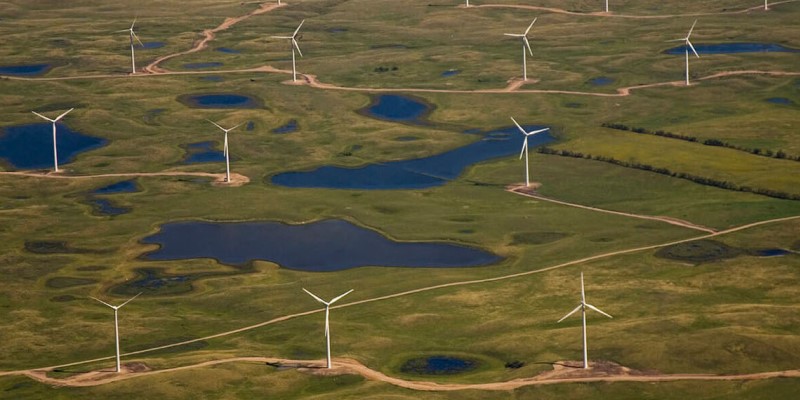 the growth of capacity to generate electricity from wind energy has been extremely rapid, To the degree that wind energy reduces the need for electricity generation using other sources of energy, it can reduce the adverse environmental impacts of those sources, such as production of atmospheric and water pollution, including greenhouse gases; production of nuclear wastes; degradation of landscapes due to mining activity; and damming of rivers. However, as with other energy, wind energy development has both positive and negative environmental impacts.
the growth of capacity to generate electricity from wind energy has been extremely rapid, To the degree that wind energy reduces the need for electricity generation using other sources of energy, it can reduce the adverse environmental impacts of those sources, such as production of atmospheric and water pollution, including greenhouse gases; production of nuclear wastes; degradation of landscapes due to mining activity; and damming of rivers. However, as with other energy, wind energy development has both positive and negative environmental impacts.
 the growth of capacity to generate electricity from wind energy has been extremely rapid, To the degree that wind energy reduces the need for electricity generation using other sources of energy, it can reduce the adverse environmental impacts of those sources, such as production of atmospheric and water pollution, including greenhouse gases; production of nuclear wastes; degradation of landscapes due to mining activity; and damming of rivers. However, as with other energy, wind energy development has both positive and negative environmental impacts.
the growth of capacity to generate electricity from wind energy has been extremely rapid, To the degree that wind energy reduces the need for electricity generation using other sources of energy, it can reduce the adverse environmental impacts of those sources, such as production of atmospheric and water pollution, including greenhouse gases; production of nuclear wastes; degradation of landscapes due to mining activity; and damming of rivers. However, as with other energy, wind energy development has both positive and negative environmental impacts.
Though the cost of wind energy has declined significantly since the 1980s, 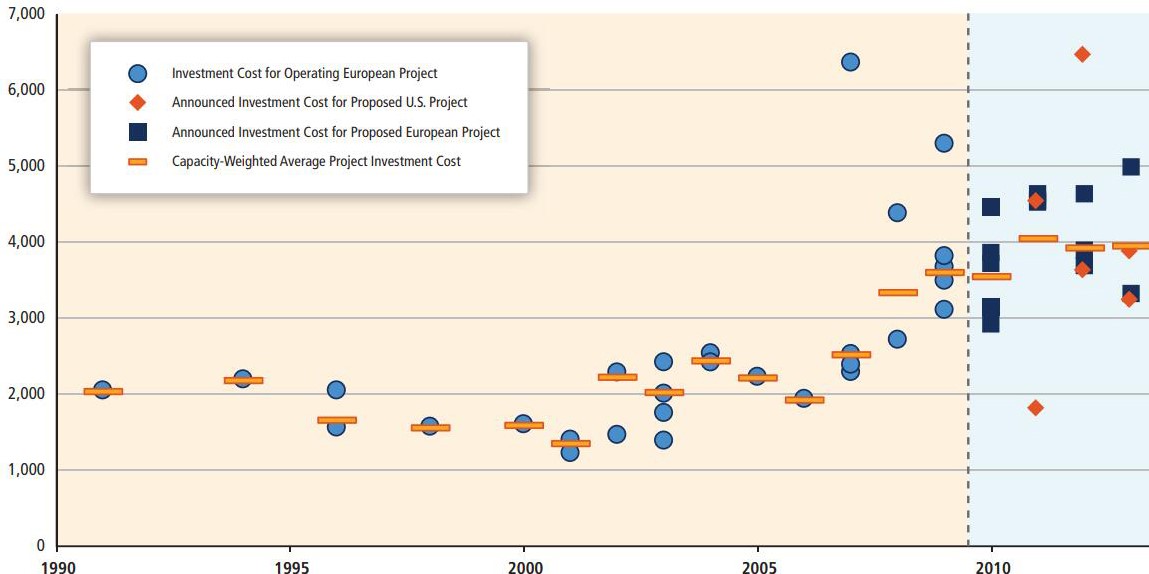 policy measures are currently required to ensure rapid deployment in most regions of the world. In some areas with good wind resources, however, the cost of wind energy is competitive with current energy market prices. Moreover, continued technology advances in on- and offshore wind energy are expected, supporting further cost reductions. The degree to which wind energy is utilized globally and regionally will depend largely on the economic performance of wind energy compared to alternative power sources.
policy measures are currently required to ensure rapid deployment in most regions of the world. In some areas with good wind resources, however, the cost of wind energy is competitive with current energy market prices. Moreover, continued technology advances in on- and offshore wind energy are expected, supporting further cost reductions. The degree to which wind energy is utilized globally and regionally will depend largely on the economic performance of wind energy compared to alternative power sources.
 policy measures are currently required to ensure rapid deployment in most regions of the world. In some areas with good wind resources, however, the cost of wind energy is competitive with current energy market prices. Moreover, continued technology advances in on- and offshore wind energy are expected, supporting further cost reductions. The degree to which wind energy is utilized globally and regionally will depend largely on the economic performance of wind energy compared to alternative power sources.
policy measures are currently required to ensure rapid deployment in most regions of the world. In some areas with good wind resources, however, the cost of wind energy is competitive with current energy market prices. Moreover, continued technology advances in on- and offshore wind energy are expected, supporting further cost reductions. The degree to which wind energy is utilized globally and regionally will depend largely on the economic performance of wind energy compared to alternative power sources.
While wind power generation offers numerous benefits and advantages over conventional power generation, 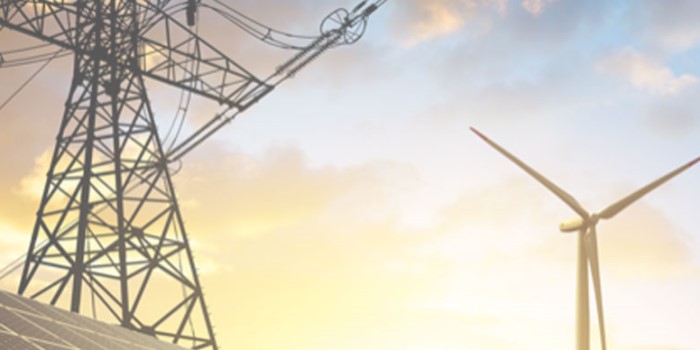 there are also some challenges and problems need to be seriously addressed. The wide range of challenges and problems, from long-term environmental influences to thermal management of wind turbines, must be carefully considered in response to the rapid growth of wind power industry. Only when these difficulties are solved will the wind energy industry be able to develop in a significant way.
there are also some challenges and problems need to be seriously addressed. The wide range of challenges and problems, from long-term environmental influences to thermal management of wind turbines, must be carefully considered in response to the rapid growth of wind power industry. Only when these difficulties are solved will the wind energy industry be able to develop in a significant way.
 there are also some challenges and problems need to be seriously addressed. The wide range of challenges and problems, from long-term environmental influences to thermal management of wind turbines, must be carefully considered in response to the rapid growth of wind power industry. Only when these difficulties are solved will the wind energy industry be able to develop in a significant way.
there are also some challenges and problems need to be seriously addressed. The wide range of challenges and problems, from long-term environmental influences to thermal management of wind turbines, must be carefully considered in response to the rapid growth of wind power industry. Only when these difficulties are solved will the wind energy industry be able to develop in a significant way.
Recently, the European Wind Energy Association (EWEA) released data forecasting that with the accelerated approval of wind 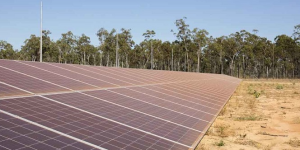 power projects in various countries as well as the increase in wind energy-related investments, in 2024, the new installed wind power capacity in Europe could reach 21 GW. By 2030, the new installed capacity of wind power is expected to exceed 262 GW. Downturn in the European wind power market for several years is expected to speed up the development. However, the agency also said that the European onshore and offshore wind power related infrastructure construction is insufficient, or become the biggest obstacle to the expansion of wind power in European countries.
power projects in various countries as well as the increase in wind energy-related investments, in 2024, the new installed wind power capacity in Europe could reach 21 GW. By 2030, the new installed capacity of wind power is expected to exceed 262 GW. Downturn in the European wind power market for several years is expected to speed up the development. However, the agency also said that the European onshore and offshore wind power related infrastructure construction is insufficient, or become the biggest obstacle to the expansion of wind power in European countries.
 power projects in various countries as well as the increase in wind energy-related investments, in 2024, the new installed wind power capacity in Europe could reach 21 GW. By 2030, the new installed capacity of wind power is expected to exceed 262 GW. Downturn in the European wind power market for several years is expected to speed up the development. However, the agency also said that the European onshore and offshore wind power related infrastructure construction is insufficient, or become the biggest obstacle to the expansion of wind power in European countries.
power projects in various countries as well as the increase in wind energy-related investments, in 2024, the new installed wind power capacity in Europe could reach 21 GW. By 2030, the new installed capacity of wind power is expected to exceed 262 GW. Downturn in the European wind power market for several years is expected to speed up the development. However, the agency also said that the European onshore and offshore wind power related infrastructure construction is insufficient, or become the biggest obstacle to the expansion of wind power in European countries.
Research is always in progress but three general types of impact have been documented to date: 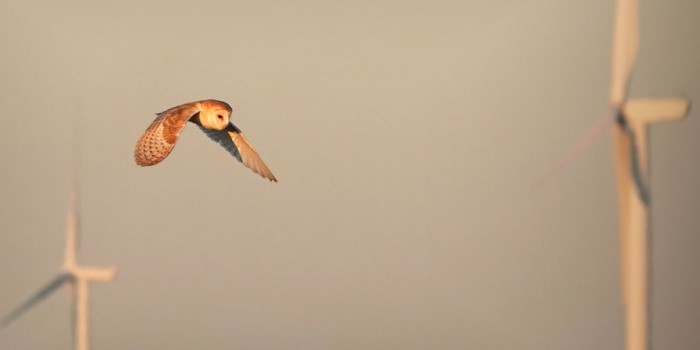 habitat fragmentation, collision or aerodynamic fatalities for flying vertebrates (birds & bats), and avoidance behavior (when wildlife avoids the project site potentially reducing their available habitat in a region). Habitat fragmentation and avoidance issues can be largely minimized by siting wind turbines in agricultural land. While poorly sited wind turbines can have significant impacts, collision fatalities can be substantively minimized by raising wind turbines in sites without migration concentration dynamics (e.g., shorelines), and by minimizing steady burning artificial light sources near wind turbines.
habitat fragmentation, collision or aerodynamic fatalities for flying vertebrates (birds & bats), and avoidance behavior (when wildlife avoids the project site potentially reducing their available habitat in a region). Habitat fragmentation and avoidance issues can be largely minimized by siting wind turbines in agricultural land. While poorly sited wind turbines can have significant impacts, collision fatalities can be substantively minimized by raising wind turbines in sites without migration concentration dynamics (e.g., shorelines), and by minimizing steady burning artificial light sources near wind turbines.
 habitat fragmentation, collision or aerodynamic fatalities for flying vertebrates (birds & bats), and avoidance behavior (when wildlife avoids the project site potentially reducing their available habitat in a region). Habitat fragmentation and avoidance issues can be largely minimized by siting wind turbines in agricultural land. While poorly sited wind turbines can have significant impacts, collision fatalities can be substantively minimized by raising wind turbines in sites without migration concentration dynamics (e.g., shorelines), and by minimizing steady burning artificial light sources near wind turbines.
habitat fragmentation, collision or aerodynamic fatalities for flying vertebrates (birds & bats), and avoidance behavior (when wildlife avoids the project site potentially reducing their available habitat in a region). Habitat fragmentation and avoidance issues can be largely minimized by siting wind turbines in agricultural land. While poorly sited wind turbines can have significant impacts, collision fatalities can be substantively minimized by raising wind turbines in sites without migration concentration dynamics (e.g., shorelines), and by minimizing steady burning artificial light sources near wind turbines. As with most construction and commercial development, wind energy industry create jobs. According to the 2016 Clean Jobs New York report, there are 85,197 clean energy workers in New York with 15% (12,400) in renewable energy.
Of that 15%, approximately 1,360 jobs are in the wind industry.
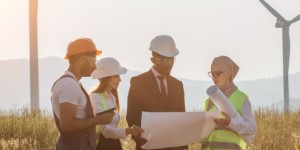
New York’s clean energy jobs are expected to see a 6% increase in the future (Environmental Entrepreneurs, 2016). Wind projects produce jobs in different ways: direct, indirect, and induced. Direct jobs refer to the labor created directly by the construction, operations and maintenance of the wind farms. Indirect jobs include supporting industries, like manufacturing; component suppliers; and jobs, like attorneys and analysts. Induced jobs include those created by the investment and reinvestment of earnings locally, such as hotels, restaurants, retail, real estate, etc. (National Renewable Energy Laboratory, 2016).

Featured Articles
Environmental Impacts of Wind Industry
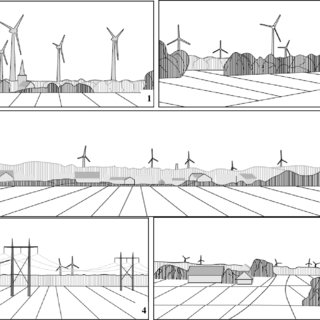 In recent years, the growth of capacity to generate electricity from wind energy has been extremely rapid, To the ...
In recent years, the growth of capacity to generate electricity from wind energy has been extremely rapid, To the ...
 In recent years, the growth of capacity to generate electricity from wind energy has been extremely rapid, To the ...
In recent years, the growth of capacity to generate electricity from wind energy has been extremely rapid, To the ...Wind Energy Cost Trends
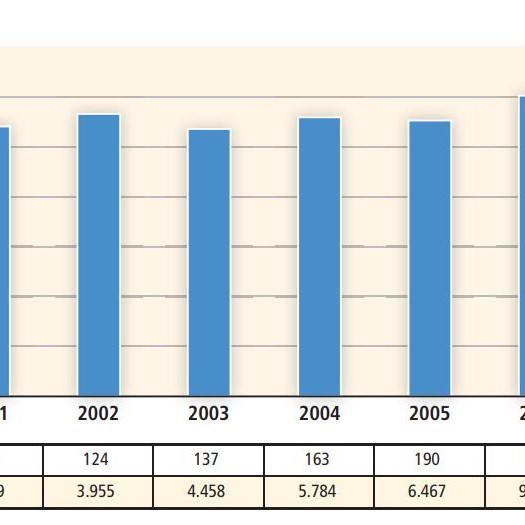 Though the cost of wind energy has declined significantly since the 1980s, policy measures are currently required to ensure ...
Though the cost of wind energy has declined significantly since the 1980s, policy measures are currently required to ensure ...
 Though the cost of wind energy has declined significantly since the 1980s, policy measures are currently required to ensure ...
Though the cost of wind energy has declined significantly since the 1980s, policy measures are currently required to ensure ...Challenges in Wind Industry
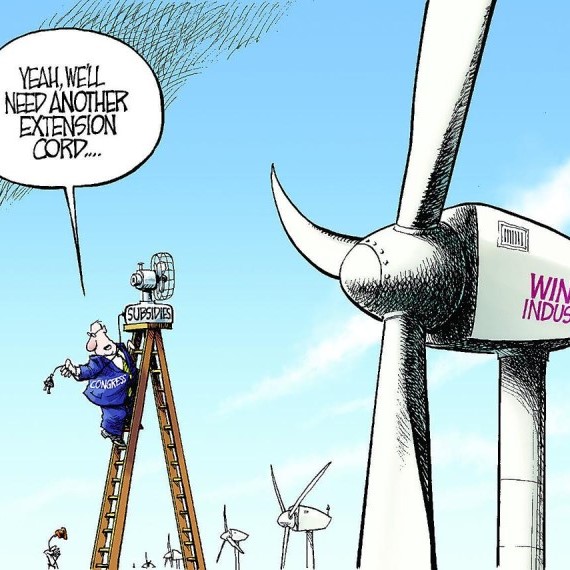 While wind power generation offers numerous benefits and advantages over conventional power generation, there are also some ...
While wind power generation offers numerous benefits and advantages over conventional power generation, there are also some ...
 While wind power generation offers numerous benefits and advantages over conventional power generation, there are also some ...
While wind power generation offers numerous benefits and advantages over conventional power generation, there are also some ...Employment Impacts of Wind Industry
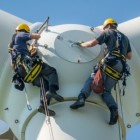 As with most construction and commercial development, wind energy industry create jobs. According to the 2016 Clean Jobs New ...
As with most construction and commercial development, wind energy industry create jobs. According to the 2016 Clean Jobs New ...
 As with most construction and commercial development, wind energy industry create jobs. According to the 2016 Clean Jobs New ...
As with most construction and commercial development, wind energy industry create jobs. According to the 2016 Clean Jobs New ...Economic Impacts of Wind Industry
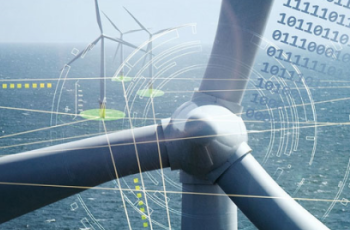 Any business development will have economic impacts on the local and regional economies, and wind energy projects are no ...
Any business development will have economic impacts on the local and regional economies, and wind energy projects are no ...
 Any business development will have economic impacts on the local and regional economies, and wind energy projects are no ...
Any business development will have economic impacts on the local and regional economies, and wind energy projects are no ...